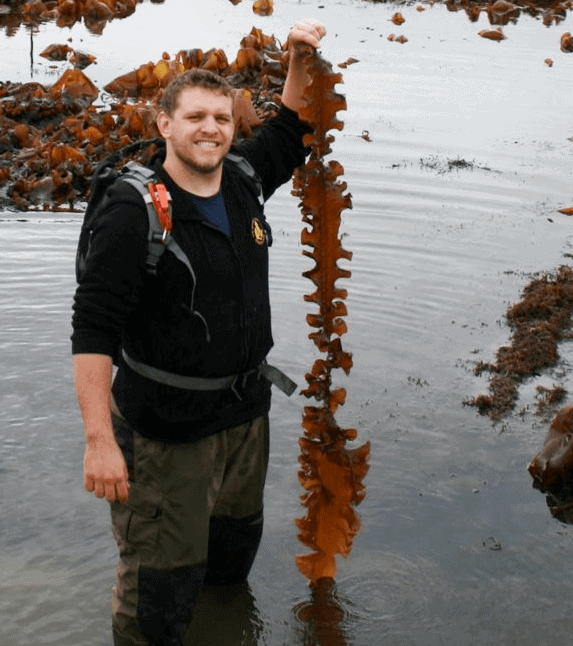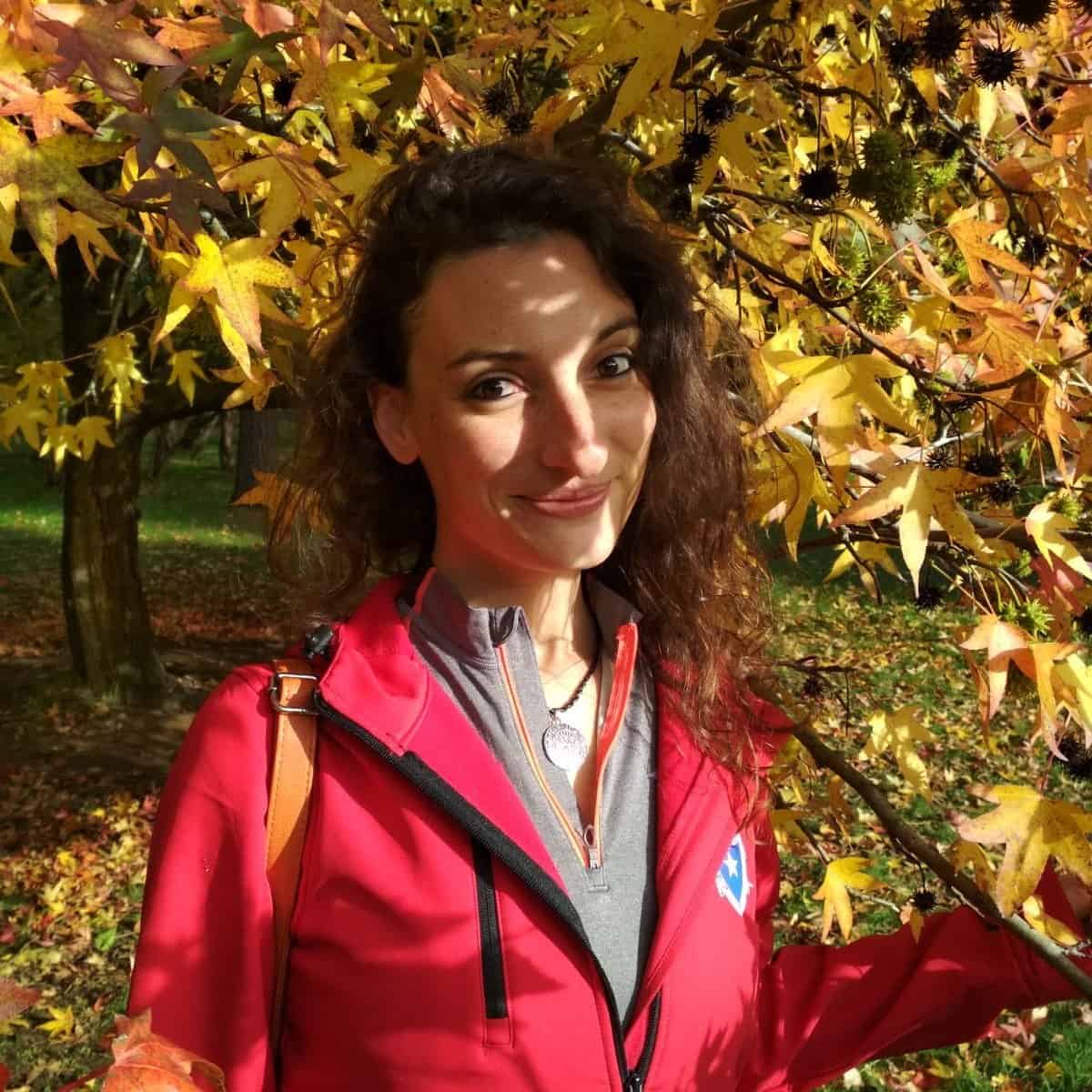-
Asked by anon-296504 on 16 Jun 2021.
Question: Does the approximate time taken to sequence an animal differ depending on which group they belong to? Are there more complex families?
- Keywords:
-
anon answered on 16 Jun 2021:
From the wet-lab perspective, factors such as how easy it is to extract high-quality DNA that is free of contaminants, the size of the genome and whether a sample is a symbiont (made up of multiple organisms each with their own unique genome) will affect how quickly a sample progresses from collection to sequence assembly.
I realise your question specifically mentions animals, but if I use the mistletoe plant as an example:
– has a huuuuuuuge genome (some 40x larger than the human genome) which means we need to collect more tissue and extract more DNA for sequencing
– plants are tricky to extract because they have cell walls which need breaking open to get at the DNA inside (+ processing time)
– plants are extra tricky as they contain molecules such as polysaccharides which are tricky to remove during DNA extraction and clean-up. These and may interfere with the sequencing process itself (+ research into how to remove)







Comments